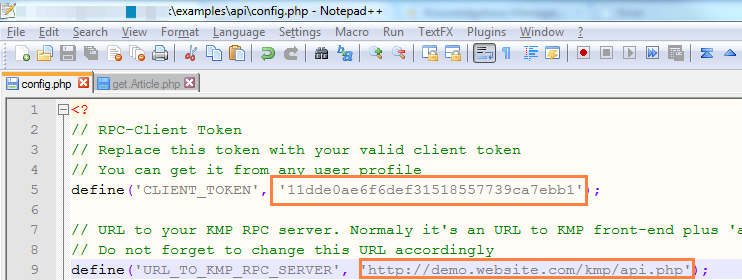
Also, we'll look at the problems and solutions of working with gRPC at scale.
XML RPC CLIENT COMPOSER SERIES
Subsequent articles in this series will take a detailed look at specific aspects of gRPC, all the way from providing a detailed explanation of a complex demonstration gRPC application that contains both the client and server components to a set of in-depth interviews with a number of companies that have implemented gRPC as part of their technology stack. Also, we're going to present an overview of the gRPC specification and show how the specification is implemented using a demonstration gRPC API created especially for this series of articles. In this article, we're going to discuss how gRPC emerged on the landscape of distributed computing. Presenting such an understanding of gRPC is the purpose of this article as well as the others that will follow in this series. Having a broad understanding of gRPC in the context of popular alternatives such as REST and GraphQL is essential for those companies doing or planning to do enterprise-level development of distributed systems at webscale. In fact, given the trends presented above, there is every reason to think that the adoption of the technology will continue to grow, particularly among enterprises that need blazing fast systems to meet their mission-critical needs.

We at ProgrammableWeb believe that gRPC is a permanent fixture on the IT landscape. (See Figure 1.)įigure 1: According to Google Trends, there has been a growing interest in gRPC since it's release in 2015Ĭompanies, large and small, are using gRPC, including noteworthy brands such as Slack, Microsoft, Condé Nast, Netflix, and Cisco, to name a few. GRPC has drawn significant interest from the development community since the specification was released as open-source by Google in February of 2015. Programs using gRPC can execute in nanoseconds as opposed to millisecond times which are typical when using text-based data. The binary nature of gRPC's payloads is one of the contributors to its reputation for being faster than alternative approaches. While other API frameworks such as REST typically pass data from client to server and back again using text-based formats such as JSON or XML, under gRPC, data is passed between client and the server-side target function in binary format. In short, gRPC is an API framework that allows a program in one location on the internet to pass data to a distinct function in another program at another location on the internet for processing.

XML RPC CLIENT COMPOSER SOFTWARE
GRPC has become an important technology for implementing distributed software systems that need to run fast on a massive scale.


 0 kommentar(er)
0 kommentar(er)
